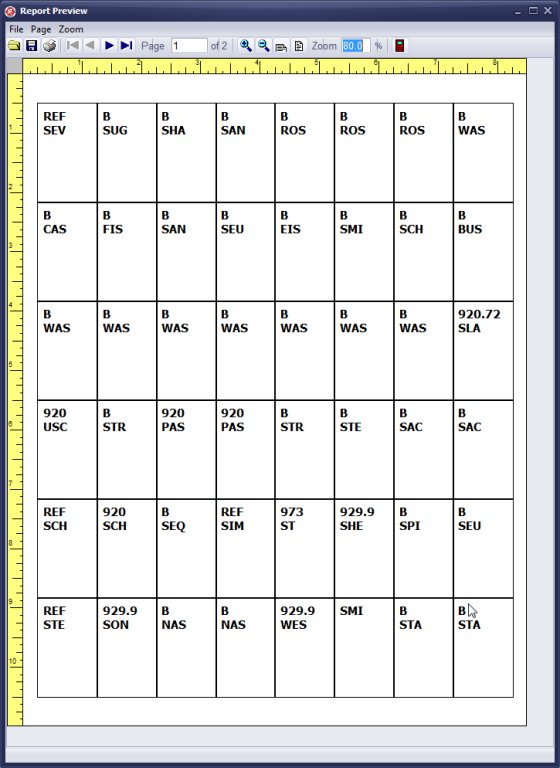
Some lower back conditions may compress these nerve roots, resulting in pain that radiates to the lower extremities, known as radiculopathy.

Fully opaque ideal for masking existing inscriptions Suitable for inkjet printers, laser. At this segment, nerve roots branch out from the spinal cord, running from the lower back through the back of the leg, and down to the toes. File spine labels adhere firmly, even on files in frequent use. The spinal cord travels from the base of the skull to the joint at T12-L1, where the thoracic spine meets the lumbar spine. Discs in the lumbar region of the spine are most likely to herniate or degenerate, which can cause pain in the lower back, or radiating pain to the legs and feet. In between vertebrae are spinal discs, which cushion the joints of the spine and provide support. The two lowest segments in the lumbar spine, L5-S1 and L4-L5, carry the most weight and have the most movement, making the area prone to injury. This set includes the 43 games for the TG CD/Duo as an optional spine label sticker label as these are officially tray inserts. 17 + 2 for shipping 19 (US & Canada) Sticky-TG CD/Duo. The five vertebrae of the lumbar spine are connected in the back by facet joints, which allow for forward and backwardĮxtension, as well as twisting movements. Sticky-SmallThis set includes all 21 spine label stickers for the TG16 US Hucard games that did not come with jewel cases and were never produced. Spine labels are an essential library cataloging item and must be designed to withstand extended use with archival quality materials and adhesive. These muscles can spasm or become strained, which is a common cause of lower back pain. The lower back region contains large muscles that support the back and allow for movement in the trunk of the body. The lumbar spine typically has a slight inward curve known as lordosis. The lumbar region is situated between the thoracic, or chest, region of the spine, and the sacrum. " tells SpineOMatic to add that text prior to the, so that c.The lumbar region of the spine, more commonly known as the lower back, consists of five vertebrae labeled L1 through L5. unless you include instructions in the Include other value field to do otherwise. This will include the value exactly as it appears in the Copy ID field of the item record.įor example, if that field contains a 3 in Alma. You can include copy numbers on labels by configuring the Include other value field on the Call Number Format tab to include. For example, Widener Library+WID-LC Mid East=WID-LC Mid East will print WID-LC and Mid East on separate lines.Ĭonsult the SpineOMatic documentation for more information on this and other configuration options. Use a semicolon to split your prefix between lines.

This would be configured via the Label Prefixes tab as Widener Library+WID-LC=WID-LC. The prefix we want to add to the label is WID-LC. 1.1 Front matter 1.2 Body matter 1.3 Back matter (end matter) 2 Front cover, spine, and back cover of the dust-jacket 3 Binding 4. In the example above, the library name is Widener Library and WID-LC is the location name. Scan a barcode, the choose the Current XML tab to view the library name and location name needed to configure a prefix: Out of the box, SpineOMatic will base prefixes on the combination of Library name and Location name. You configure call number prefixes via the Label Prefixes tab:
SPINE LABEL WINDOWS
Although not specifically stated in the documentation, SpineOMatic does work on Windows 10. These Spine label Template may also be a quick way to organize the books relating to subject matter.SpineOMatic application (latest version listed first).
SPINE LABEL HOW TO


 0 kommentar(er)
0 kommentar(er)
